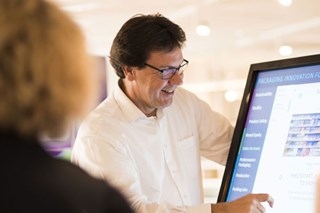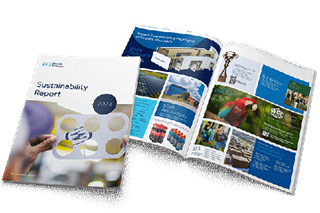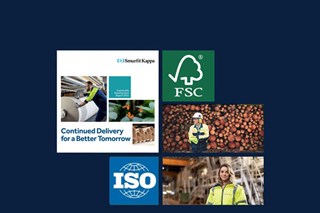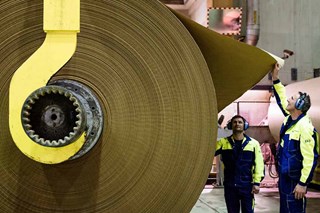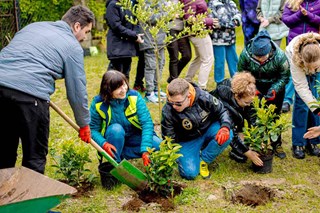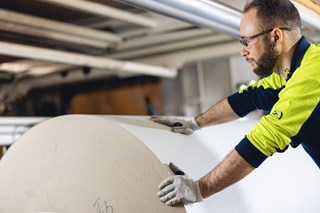5 Reasons to Choose Paper-Based Packaging to Improve Your Circularity
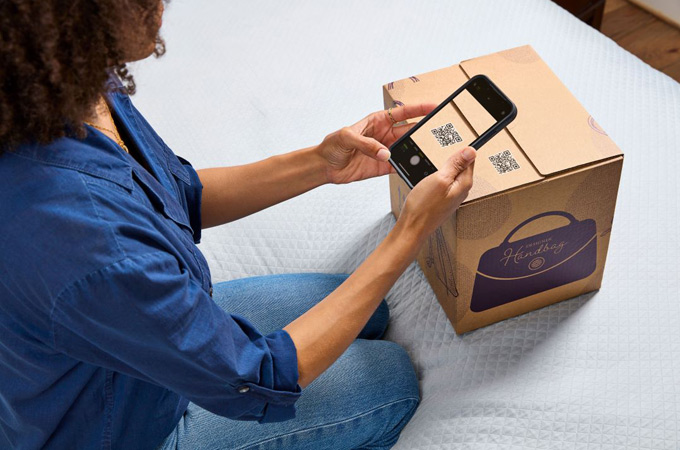
Since more than 90 countries have enacted bans on certain types of single-use plastics, many producers are seeking sustainable alternatives to plastic packaging. While looking at all the options, such as bio-based plastics, metal, or glass, for many, paper is becoming a clear choice.
Worldwide, consumers consistently rank paper as one of the most sustainable packaging materials. According to McKinsey’s 2025 Sustainability in Packaging Report, recyclability is the greatest claim that influences consumer packaging preferences, and that’s another area where paper is performing well.
If you’re looking to adopt more circularity into your business model, here are a few more reasons to choose paper-based packaging.

1. Paper-based packaging is highly recycled.
As mentioned above, paper is consistently the world’s most collected and recycled packaging material. Here are the recycling rates of paper packaging in various regions:
- Europe 82.5% (EDPR)
- USA +69% (AF&PA)
- Brazil 70.7% (NAPC)
The higher the recycling rate, the more people are putting that material in a recycling bin compared to a trash bin. Keep in mind that there is some paper packaging that’s mixed with other materials, and it may not be recyclable. Over 96% of our paper packaging can be recycled, so you can easily work with your packaging provider to ensure you create a packaging design that is easily recycled by your consumers and accepted by local recycling facilities.

2. Paper-based packaging is made from a renewable resource.
Recycled boxes and trees provide wood fiber to make paper packaging, and trees are a renewable resource, meaning new trees can be grown. Approximately 56% of our fiber is recycled fiber, which is why we also run recycling facilities to recover paper-based packaging from our customers, adding it to our supply stream. Approximately 44% of our fiber supply is virgin fiber, which is responsibly sourced from forests through Chain-of Custody-certified supply chains.
Our own forest lands are FSC or both FSC/PEFC-certified. Using sustainable forest management practices can ensure that forest land is renewed and remains a renewable resource. To manage forests sustainably, we integrate the growing and harvesting of trees with the protection and conservation of:
- Soil, air and water quality.
- Biological diversity.
- Wildlife and aquatic habitats.
- Forests with high conservation value.
- Recreational and aesthetic properties.

One of our partners composts remnants of the paper-making process from our mill in Fernandina Beach, Florida, USA.
3. The wood fiber used to make paper packaging is inherently biodegradable.
Biodegradation occurs when organic materials are broken down and consumed by microorganisms, such as bacteria and fungi, to produce soil humus, water and carbon dioxide. Not all types of paper packaging are fully biodegradable since the paper can be combined with other materials. The rate of degradation always depends on the make-up of the substrate and the environmental conditions that surround it.
Unlike cellulose, plastic, aluminum and glass are not inherently biodegradable. They degrade, or break down, very slowly over time (sometimes years, decades or centuries), and microorganisms are not a part of the process. Once broken down, these materials can remain a part of our environment.

4. Consumers view paper-based packaging as highly sustainable.
In McKinsey’s 2025 Packaging Study, consumers across the globe weighed in on their beliefs and preferences. When asked what they believe is the most sustainable packaging material, paper landed within the top three spots in every country. In placed first in five out of 13 countries surveyed.
The study also revealed that to consumers, recyclability means sustainability, as it showed a high correlation between their beliefs and the recycling rates of those materials in each country. For example, PET bottles were seen as more sustainable in places like Sweden and Japan where the recycling rate of PET bottles is over 80%. As the global average recycling rate of paper is the highest compared to other substrates (see #1), consumers are likely to also view it as the most sustainable.

5. Paper-based packaging helps companies meet sustainability regulations.
As mentioned previously, regulations around the world are cracking down on the use of single-use plastic and requiring businesses to adopt recyclable packaging. In addition, countries and regions are also requiring more corporate responsibility from companies doing business within their borders, especially when it comes to carbon emissions.
In 2024, the EU’s corporate sustainability directive went into effect, spurring trade challenges between countries. While in the U.S., EPR (extended producer responsibility) regulations vary by state with states like California leading the pack, requiring companies to be carbon neutral by 2045. Companies that meet the strictest sustainability requirements are likely to be compliant everywhere.
Choose paper and we’ll help you plan.
While there are plenty more reasons to choose paper, these are the major reasons producers are making the move to paper packaging. Our experts have helped numerous businesses make the switch by providing guidance for a practical transition focused on value and growth. Transition plans include creating efficient packaging design, adapting automation and optimizing sustainable supply chains. Contact our team to get started.
Contact Us
Our Latest Blogs




